When I was very young, I used to do what so many young people do when they're obsessed and in love with horses — spend countless hours studying tack catalogs, making lists and maybe even cutting out images of the tack you want or of the images of perfectly groomed horses wearing perfectly designed tack and horse blankets and bridles and…
Young riders still do this today, even if they might now find themselves browsing online more than the print catalogs that were normal when I was young.
And at a young age, what we see helps shape our expectations of what is normal and acceptable. We don't have to wait to see cruelty at the local boarding barn or show ring, we can open up our tack catalogs and see tack that is created to cause pain to the horse.
Tack Intended to Inflict Pain on the Horse
From twitches to war bridle, steel cable tie downs, twisted wire bits… all of these are in local and regional tack stores. And not just their images, but their descriptions are helping to misinform those who don't know better, adults included.
Like this “training” item. The description directly from the State Line Tack states:
Mustang Cowboy War Bonnet Tie Down
The Mustang War Bonnet is both a training and competition piece of equipment. As a training device, the bonnet encourages correct head position by applying pressure to the poll. As a noseband/tie down, it aids in balance – especially in tight turns and hard stops.Features:
- Useful for training and competition
- Aids in correct head position
- Aids in balance
Unfortunately, those who don't know better will go on thinking that this cable-contraption helps balance their horse and teach a correct head position. The reality is that balance is learned through correct physical conditioning, addressing the horse's posture in a dynamic manner. Balance is not gained by restricting the horse's head position.
State Line Tack also offers an impressive line-up of twitches in case you're particularly picky about how you twist your horse's lip to inflict pain.
Let's not forget the twisted wire-mouth “training” bits.
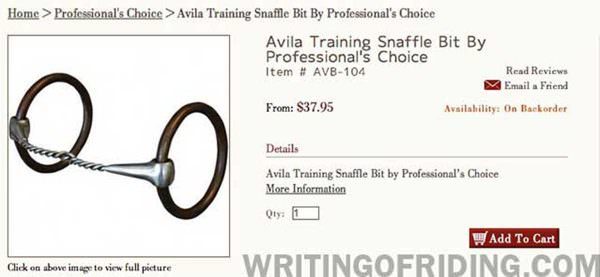
Concerning about items like this is that if the horse should get into an emergency situation (stepping on rope reins for example…) he could easily cut his tongue off. The description gives no warnings, however, but instead says:
Well designed for all disciplines and any level of horse.
I'd hate to see an un-started youngster put in this and receive any reprimands during the “training” process – ouch!
Cheap Tack Causes Pain Too
Of course, a lot of tack stores also sell items that have no business being put on the horse because of poor workmanship. Starter saddle packages with saddles that have imbalanced, crooked or twisted trees, improper flocking or weak stitching.
I understand being financially strapped, but at the cost of the horse's physical health? I think it only fair that you save up and (heaven forbid) have to wait a little longer than you'd like to hop on your horse's back. Invest in even a well-made used saddle that doesn't cause them pain and put you in a horrible position on his back.
Overall it comes down to integrity. Tack stores carrying items that undoubtedly inflict pain on the horse are lacking the integrity to say, “no, we won't cater to those whose aim is to hurt the horse in the name of training,” or because they're too cheap/impatient to buy tack which fits their horse.
Good Lord, Those Hooves Need Help
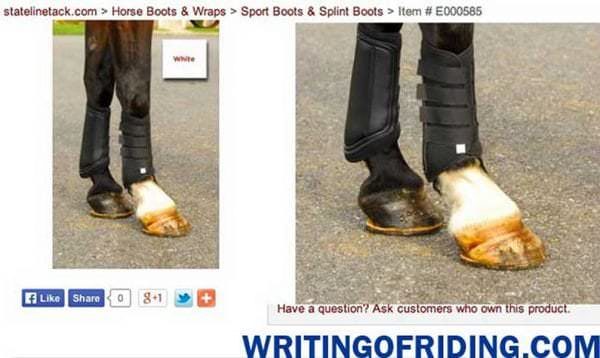
The Bigger Picture
Raising our awareness as equestrians isn't limited to working on our position in the saddle or the way we interact with our horse. It also includes what we expose our senses to, what we watch and listen to. It can be as unsuspecting as the images shown to us on a daily basis in tack catalogs, horse magazines, on horse blogs and social media.
I avoid purchasing from major tack stores anymore, even from many local ones as they too carry very abusive items. I don't want to support that kind of thinking in the industry so I look to buying items used from acquaintances and if not from them then from other individuals who aren't in the business of retailing products to pain-train horses.
What are your tack shopping habits?
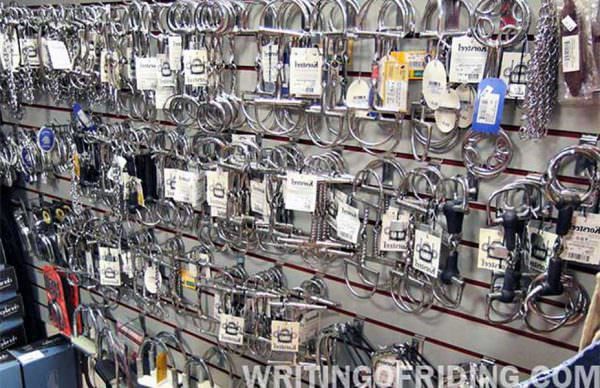
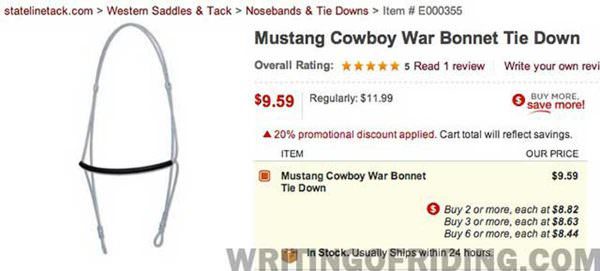

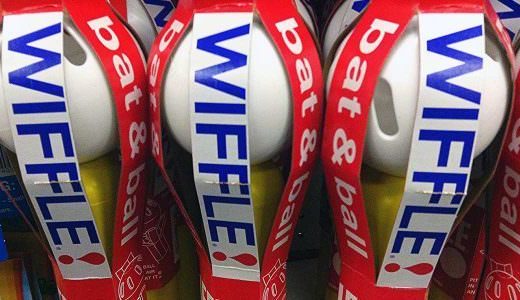


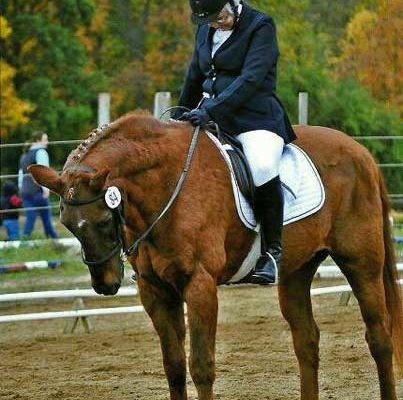
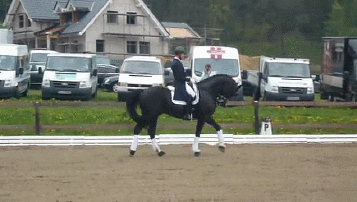
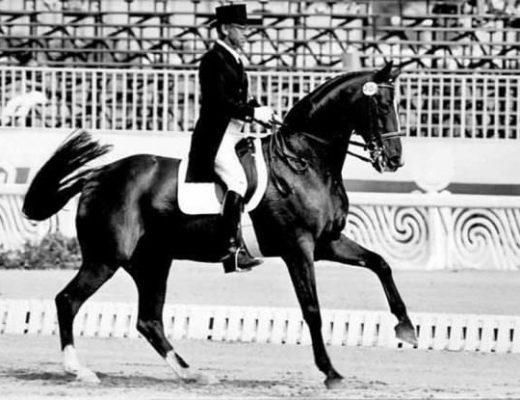
I agree with a lot of what you say but with some exceptions. A twisted snaffle can be a great tool *if you know how to properly use one* . In the hands of a knowledgeable horseman, tools like spurs, bif bits etc. can be very useful pieces of equipment. I do agree that the marketing of these tools is geared towards people who may not be knowledgeable does promote the improper use of said tools, but writing them off as abusive simply because they aren’t smooth mouthpieces is misleading. Also, the part where you talked about twitches being devices used “to inflict pain” is incorrect. *When used correctly* they release endorphins to the horse’s brain to make them passive enough to clip ears etc. I think this is a great blog for many reasons but I can’t help but comment when I see things like this. Keep writing informative pieces, a lot of them are really great.
I’ll agree to disagree regarding the proper use of equipment designed to cause pain for control. But, you might find this article a good read about endorphins, and how they can become depleted under long-term stress and pain situations.
I also disagree with that. The equipment is not designed to cause pain. As a rider, you can cause pain with any bit, whether it be twisted smooth or otherwise. A twisted snaffle is designed to allow the rider to use less force with his or her hands to get more pressure with that horse’s mouth. You wouldn’t use the same amount of pull with a smooth mouthpiece as you would with a twisted one. As horses get older, their mouths get less sensitive to pressure. Using increasingly bigger bits in companionship with increasingly less hand allows for more collection with less force, ideal for show horses. If you agree to disagree that’s ok, but don’t write them off as abusive because any equipment can be abusive or good depending on who’s using it. As for that article I’ll have to check it out, but those twitches again are not designed to cause pain, in fact quite the opposite. Thanks for the discussion.
Connor: You think a rider can improve their touch through their hands over the course of their lifetime, but a horse becomes more insensitive? See where there is a double-standard you are applying? One in which you should cancel out to equal= less tools/devices for more performance/collection/harmony/communication?
I don’t put a bit in my horses mouth (I trained her from a yearling and she’s 11) and she will do anything I ask, on a dime. She will try hard, just like I will. I don’t even use 1% of the tack I own, but it sure used to be fun to buy. One by one I have ruled them out as being unnecessary and excessive. I have used a bit, the only bit I’ve ever needed is a french link snaffle. It can be nice to have so much contact, but it’s equally nice to have the same control/communication with or without it. I’d rather not have to worry about my hands when I can worry about me seat and legs.
Go ahead, see what she was doing as a three year old, with hardly any training: Youtube search Penny Bareback and Bridleless
What the hell? I have been going through this blog and the only articles I see are full of hate for one thing or the other. Now you’re blaming tack stores?? WTF?? and you hate twitches? clearly you’ve never been in a situation where they are needed for everyones safety. Honestly you blame the tack stores for selling items that in the right hands are great tools, instead you focus on everything negative possible. Maybe you should start posting about how to use things properly instead of being misused. But you insist on brining negativity into this sport and it’s people like you who really disappoint me.
Thanks for expressing your opinion Liz. I have been in countless situations where others felt the need to resort to a twitch but I have never been in agreement. If a horse is so desperately out of control that an injury cannot be treated they should be sedated for the safety of all involved. Where people feel the need to twitch a horse during training or farriery.. well I think that’s pretty self-explanatory that the human has failed to do their homework with the horse.
Then again I work on a different timeline which is that dictated by my horses, where I see many people selfishly acting on their own timeline and then feeling the need to resort to physical restraints such as a twitch, ‘war bridle’, hobbles, etc. They replace skill and time with gadgets.